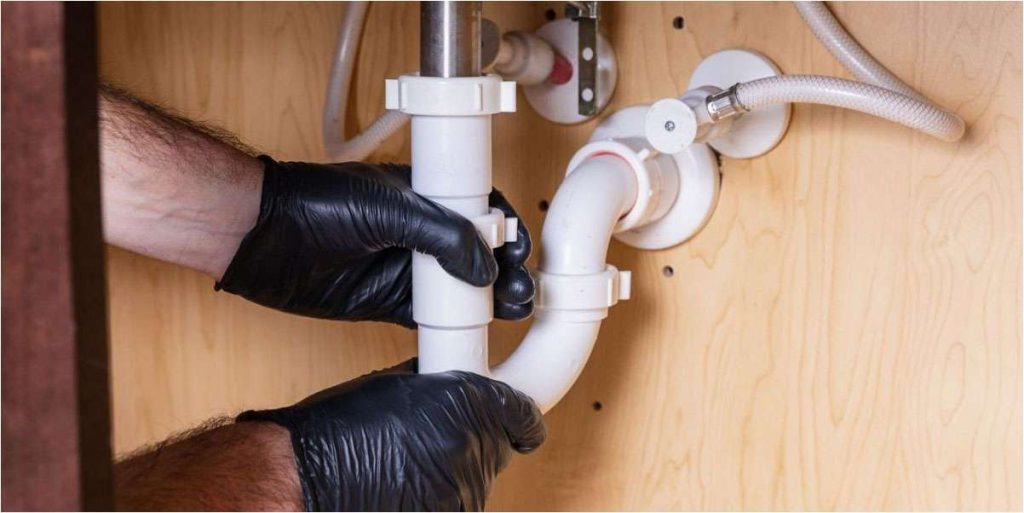
What Causes Pipes To Leak Under Sink
Having a leaking pipe under your sink can be frustrating and stressful. Not only can it cause water damage to your home, but it can also lead to increased water bills and decreased water pressure. In this blog, we will discuss the common causes of pipes leaking under the sink and what you can do to prevent and fix the issue. If you live in the Sacramento area and need a professional plumber or appliance repair technician, please contact a reputable, experienced plumber in Sacramento.
Causes of Pipe Leaking Under Skin
Clogged Drains:
Clogged drains are prevalent causes of leaking pipes under the sink. A blocked drain disrupts water flow, causing pressure to accumulate in the pipes. This increased pressure can cause the pipes to crack or burst, leading to leaks. The best way to prevent clogged drains is to avoid pouring oil, grease, or other non-degradable substances down the sink.
Loose Connections:
Another common cause is loose connections. Over time, the connections between the pipes and other parts, such as the faucet or the garbage disposal, can become loose, causing water to seep. If you notice water pooling under the sink, it’s a good idea to check the connections and tighten them if necessary.
Corroded Pipes:
When pipes corrode, they become weak, and cracks form, leading to leaks. Corrosion can occur due to various reasons, such as age, chemical reactions, and exposure to moisture. Regular inspections and maintenance can help prevent corroded pipes.
Faulty Seals:
It’s a typical reason for leaking pipes under the sink, particularly around the base of the faucet. When the seal between the faucet and the sink becomes worn or damaged, water can seep out, causing leaks. Replacing the seal is the best way to fix the issue.
High Water Pressure:
High water pressure can also cause pipes to leak under the sink. When the water pressure is too high, it can cause the pipes to crack or burst, leading to leaks. A pressure regulator can be installed to control the water pressure and prevent leaks.
Prevention and Fixing the Issue
Perform regular inspections of the pipes under the sink, as they may help prevent leaks. Inspect the pipes for any signs of corrosion or damage and replace them if necessary.
Avoid pouring non-degradable substances down the sink to prevent clogged drains and subsequent leaks.
Periodically check the connections between the pipes and other parts and tighten them if necessary to prevent leaks.
If you notice water pooling around the base of the faucet, replace the seal to prevent leaks.
Installing a pressure regulator can help control the water pressure and prevent pipes from bursting and causing leaks.
The Bottom Line
A leaking pipe under the sink can be a nuisance, but addressing the issue immediately is essential to prevent water damage to your home and increased water bills. Common causes of leaks include clogged drains, loose connections, corroded pipes, faulty seals, and high water pressure. Regular inspections, avoiding pouring non-degradable substances down the sink, tightening connections, replacing faulty seals, and installing a pressure regulator can help prevent and fix the issue.

